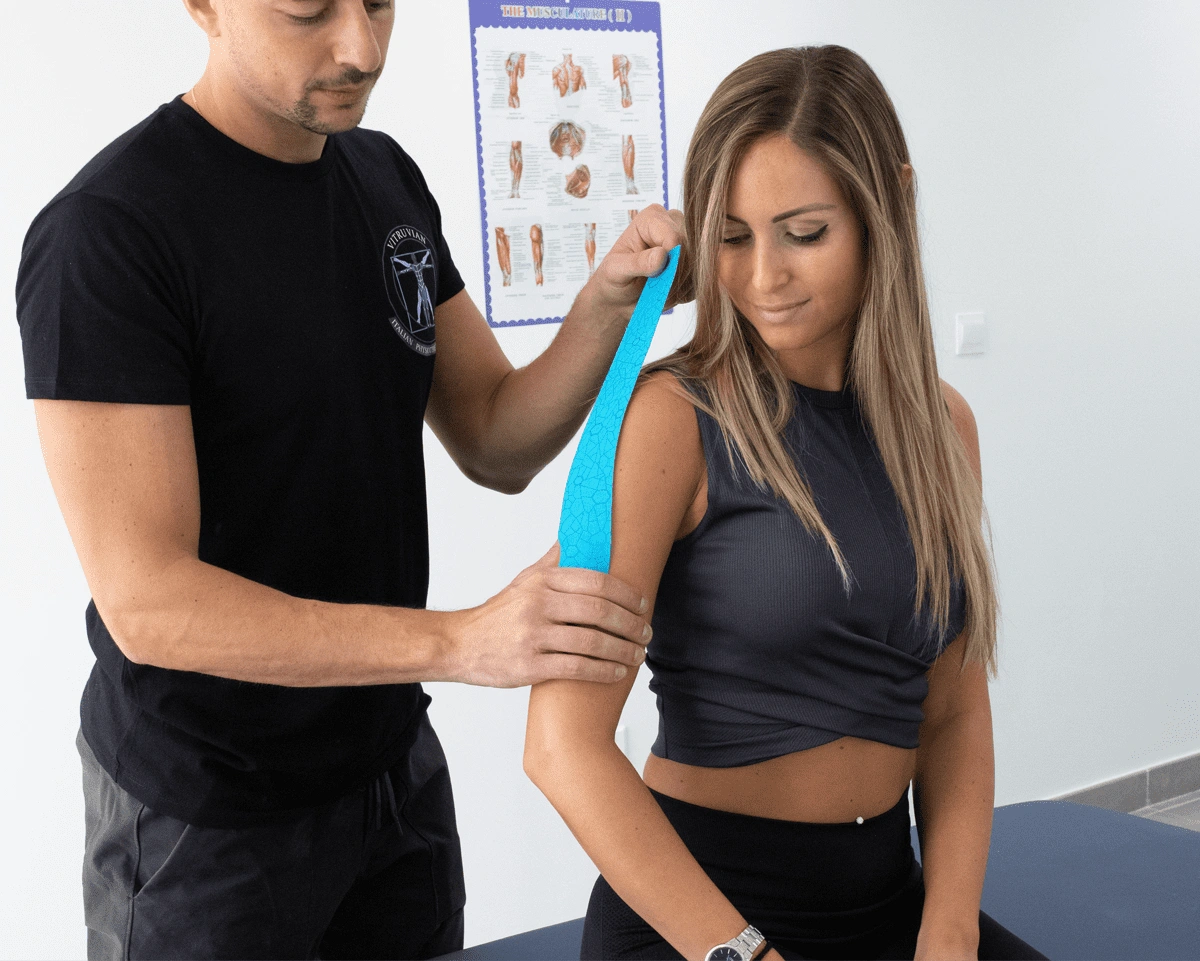
Unveiling the Therapeutic
Power of Kinesiotaping
in Physiotherapy
Kinesiotaping emerges as a versatile and innovative technique within the world of physiotherapy. Its principles, techniques, and customized applications showcase its adaptability to various conditions and goals. From pain relief and improved functionality to performance enhancement and holistic rehabilitation, Kinesiotaping offers patients a multi-faceted approach to healing. As physiotherapists continue to refine their expertise in this technique, the transformative power of Kinesiotaping is set to influence the landscape of rehabilitation and recovery